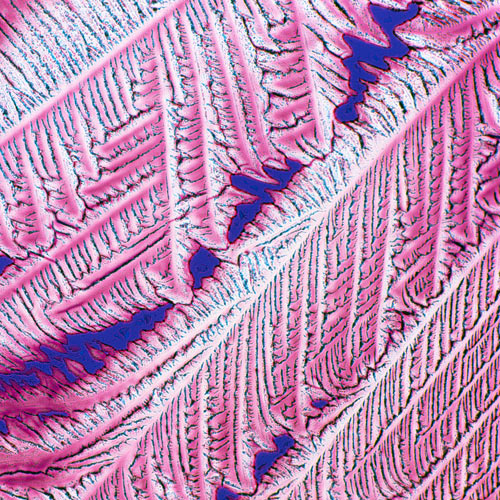 Iodine (chemical symbol I) belongs to the group of halogens. In the inanimate natural world, it is found as a component of rocks in the form of iodates (IO3-) and iodites (I-). Under the influence of rain water, it enters rivers and, from there, seas – the world's largest natural iodine store. A very good source of iodine for people and marine fish, seafood and algae in which it is predominantly found in the form of iodide.
Iodine (chemical symbol I) belongs to the group of halogens. In the inanimate natural world, it is found as a component of rocks in the form of iodates (IO3-) and iodites (I-). Under the influence of rain water, it enters rivers and, from there, seas – the world's largest natural iodine store. A very good source of iodine for people and marine fish, seafood and algae in which it is predominantly found in the form of iodide.
Functions of iodine
The total adult body's store of iodine fluctuates between 10 and 20 mg. Roughly half of this is found in the thyroid. The rest falls to the musculature, mammary and salivary glands as well as the stomach lining. The physiological significance of iodine relies upon being involved as an essential component of biosynthesis of the thyroid hormone triiodothyronine (T3) and tetraiodothyronine (T4). Iodine thus contributes to the normal production of thyroid hormones and to normal thyroid function. The thyroid hormone itself regulates numerous bodily functions. This includes:
- Basal energy rate. Thyroid hormones significantly regulate the basal energy rate of the body at rest (basal metabolic rate). Iodine in this way contributes to normal energy metabolism.
- Growth. Thyroid hormones control the gene expression and protein biosynthesis and are therefore of great significance for cell differentiation and separation. They also promote the bodily growth by stimulating the formation of the growth hormone and direct effects on the bones. In this way, iodine makes a contribution to the normal growth of children and also plays a part in maintaining normal skin.
- Metabolism of the nerves. Thyroid hormones perform a key role in the nerve tissue. Iodine in this way contributes to the normal function of the nervous system and cognitive function.
Useful information.
- The supply of iodine continues to be insufficient for vast parts of the population of Central Europe.
Information on production technology
- Trace elements such as iodine, which are contained in products in very minimal concentrations are pre-thinned in an initial galenic process step in order to achieve an exact concentration in the end product.
© Intercell Pharma GmbH



